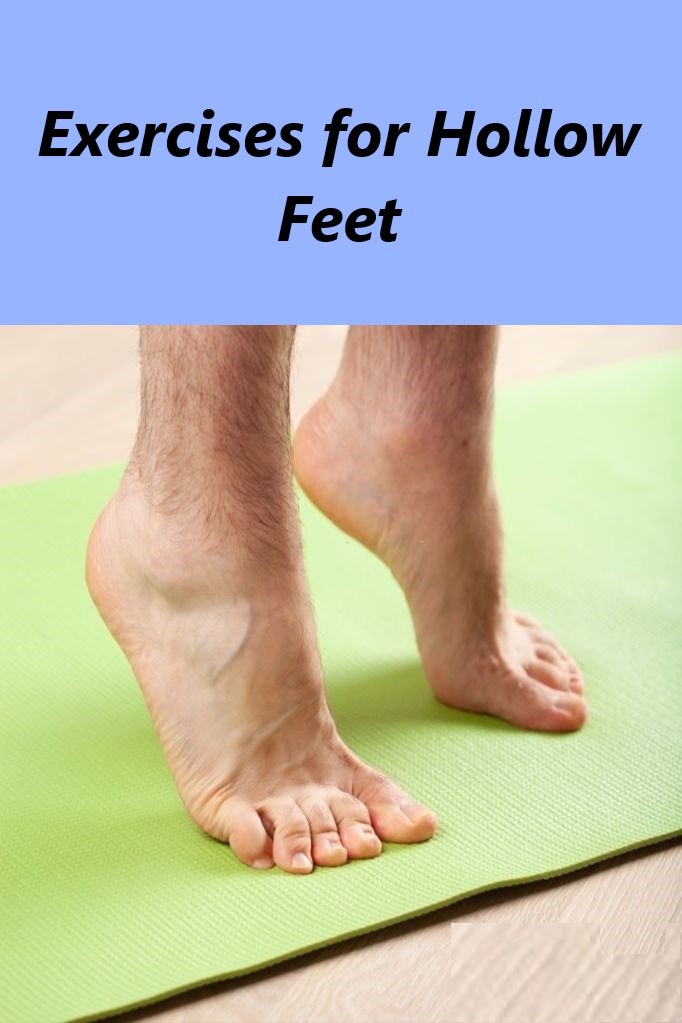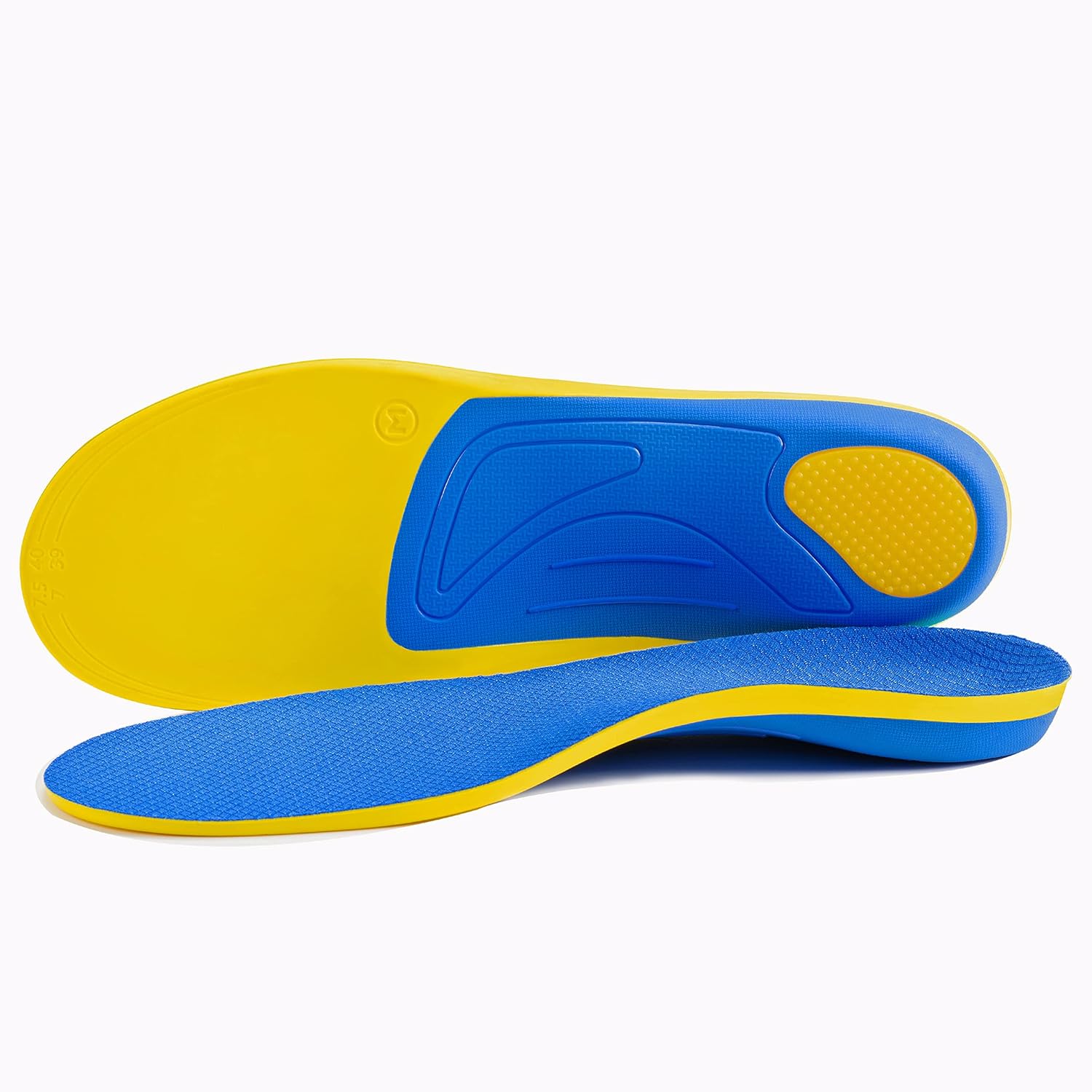Explore our expertly curated exercises for hollow feet, designed to offer groundbreaking relief and enhance foot flexibility. Our guide provides step-by-step instructions for effective stretches and strength-building routines, aimed at alleviating discomfort and boosting overall foot health. Perfect for those seeking to improve foot function and enjoy ultimate comfort.

Introduction
Hollow feet, known medically as pes cavus, require a dedicated approach to exercise that focuses on strengthening, stretching, and improving foot functionality. This guide offers a deep dive into specialized exercises tailored for individuals with hollow feet. From towel arch stretches to marble pickups, we provide comprehensive instructions and benefits for each exercise, along with tips to enhance their effectiveness. Whether you’re looking to reduce discomfort, increase flexibility, or strengthen foot muscles, our expert advice is here to guide you every step of the way.
Table of Contents
Exercises for Hollow Feet
Managing hollow feet involves adopting a specialized exercise regimen aimed at bolstering your strength, enhancing your flexibility, and improving your foot’s overall functionality. Below is a detailed guide on exercises tailored specifically for you if you have hollow feet. This guide includes step-by-step instructions and outlines the benefits of each exercise, along with additional tips to maximize their effectiveness for you:
1. Towel Arch Stretch
Objective
Increase flexibility in the foot’s arch, reducing stiffness and discomfort.
Benefits
This stretch targets the arch and calf muscles, promoting flexibility and reducing the risk of pain associated with high arches.

Instructions
- Sit on the floor with your legs extended straight in front of you.
- Wrap a towel around the ball of your foot.
- Gently pull the towel towards you, keeping your knee straight, to stretch the arch and calf.
- Hold the stretch for 15-30 seconds, ensuring a gentle pull without causing pain.
- Repeat 2-3 times for each foot, focusing on a slow, controlled stretch.
2. Heel Balance Walk
Instructions
- Stand upright and lift the front part of your feet off the ground, balancing on your heels.
- Walk forward on your heels for 30-60 seconds, taking small, controlled steps to maintain balance and maximize muscle engagement.
Objective
Objective: Strengthen the muscles around the heel and ankle, enhancing stability.
Benefits
This exercise not only strengthens the heel area but also improves balance, crucial for individuals with hollow feet prone to instability.

3. Toe Lifts
Objective
Strengthen the arch and toe muscles, supporting the high arch.
Benefits
Toe lifts target the muscles that support the high arch, improving strength and stability in the foot.

Instructions
- Sit in a chair with both feet flat on the ground.
- Firmly press your heels into the floor and lift your toes as high as possible, stretching the arch of your foot.
- Hold this position for a few seconds before slowly lowering your toes back to the ground.
- Perform 10-15 repetitions for 2-3 sets, focusing on the lifting and lowering phase to engage the arch muscles effectively.
4. Marble Pickups
Instructions
- Scatter 20 marbles on the floor and place a bowl nearby.
- Using only the toes of one foot, pick up each marble and drop it into the bowl.
- Alternate feet after completing the set, ensuring both feet receive equal training.
Objective
Enhance toe dexterity and strengthen the underfoot muscles.
Benefits
Marble pickups improve muscle strength, coordination, and control in the toes and underfoot, essential for maintaining foot health and function.

5. Elevated Calf Raises
Objective
Strengthen calf muscles to support the foot arches.
Benefits
This exercise not only strengthens the calf muscles but also enhances the stability and support of the foot arches.

Instructions
- Position yourself with feet hip-width apart. For an increased range of motion, stand with the balls of your feet on a raised surface, like a step.
- Slowly elevate your heels to the highest point possible, then gently lower them below the step level if you’re on one.
- Aim for 10-15 repetitions across 2-3 sets, focusing on executing the movement smoothly and with control.
6. Wall Plantar Fascia Stretch
Instructions
- Stand about an arm’s length from a wall with one foot behind the other.
- Keep your back leg straight and firmly press the heel into the floor.
- Bend your front knee slightly and lean into the wall until you feel a stretch in the calf and heel of your back leg.
- Hold this position for 15-30 seconds, then switch legs. Repeat 2-3 times per leg, ensuring a gentle and consistent stretch.
Objective
Reduce tension in the plantar fascia and Achilles tendon.
Benefits
This stretch helps alleviate tightness in the plantar fascia and Achilles tendon, crucial for reducing discomfort associated with hollow feet.

7. Towel Scrunches for Arch Strength
Objective
Enhance arch support by fortifying the foot muscles.
Benefits
Towel scrunches target the intrinsic muscles of the foot, improving arch support and stability.

Instructions
- Sit with your feet flat on the ground and a towel spread out in front of them.
- Using just your toes, scrunch the towel towards you, then spread it back out.
- Complete 2-3 sets of 10-15 scrunches, actively engaging the arch muscles throughout the exercise.
8. Ankle Circles for Mobility
Instructions
- Sit comfortably or lie back, extending one leg out.
- Rotate the extended foot in wide, circular motions, making 10 circles in each direction.
- After completing circles in both directions, switch to the other foot.
Objective
Boost ankle mobility and flexibility.
Benefits
Ankle circles enhance blood circulation and flexibility in the ankle joint, contributing to overall foot health and function.

Additional Insights for an Effective Routine
Balance Between Exercises: Ensure your routine includes both strengthening and stretching exercises to comprehensively manage hollow foot conditions.
Focus on Form: Emphasize correct execution over the number of repetitions to maximize benefits and reduce the risk of injury.
Adapt as Needed: Modify exercises if they cause discomfort beyond mild stretching or muscle fatigue, and consult a healthcare professional for tailored advice.
Regular Assessment: Periodically evaluate the effectiveness of your routine and make necessary adjustments to maintain challenge and benefit.
Combine with Supportive Measures: Use supportive footwear and orthotics designed for high arches to complement your exercise regimen and enhance foot function.
Incorporate Variety: Include a mix of different exercises to ensure a well-rounded approach to strengthening and stretching the feet and ankles.
Gradual Progression: Begin with fewer repetitions and sets, gradually increasing the intensity as your strength and flexibility improve.
Mindful Execution: Listen to your body’s signals and adjust exercises to avoid pain, ensuring a focus on mild stretching and muscle engagement.
Regular Practice: Consistency is crucial for seeing improvements. Aim to integrate these exercises into your daily routine for gradual enhancement of foot strength and flexibility.
Complementary Practices: Consider activities like yoga or Pilates that also focus on strength, flexibility, and balance, to supplement your exercise regimen.
Stay Hydrated: Maintaining proper hydration is important for muscle function and recovery, especially on exercise days.
Consult a Professional: For personalized guidance and adjustments to your exercise routine, especially if experiencing persistent pain, seek advice from a physical therapist or podiatrist.
FAQ Section
Q: What are hollow feet? A: Hollow feet, or pes cavus, is a condition characterized by an unusually high arch in the foot, which can lead to discomfort, instability, and other foot-related issues.
Q: Why are exercises important for managing hollow feet? A: Exercises specifically designed for hollow feet can help strengthen foot muscles, increase flexibility, and reduce the risk of pain and injuries, leading to improved foot function and comfort.
Q: Can these exercises cure hollow feet? A: While exercises cannot cure the structural condition of hollow feet, they can significantly alleviate symptoms, improve functionality, and prevent complications.
Q: How often should I perform these exercises? A: For optimal results, aim to perform these exercises regularly, incorporating them into your daily routine to gradually enhance foot strength and flexibility.
Conclusion
Managing hollow feet effectively requires a commitment to regular exercise and proper foot care. By incorporating the targeted exercises outlined in this guide into your daily routine, you can significantly improve the flexibility, strength, and overall health of your feet. Remember, consistency is key to seeing improvements, and combining these exercises with supportive footwear and orthotics can further enhance your comfort and foot function. If you experience persistent pain or discomfort, consulting with a healthcare professional is advisable for personalized guidance and support. Embrace these exercises as part of your journey towards achieving optimal foot health and reclaiming your mobility and comfort.










